Have you spotted clamps of crabgrass on your beautiful lawn? It is understandable if you are worried about the sudden appearance of weeds in your turf. After all, you have worked hard to keep your grass in tip-top condition.
Although unsightly, the good news is that crabgrass will not immediately destroy your lawn. However, if nothing is done, the weed can quickly spread its seeds and become a stubborn eyesore.
As soon as you spot the weed, you should take immediate action to get rid of it. We wrote this article to give you surefire tips to kill crabgrass once and for all. Read on to find out more!
How to kill crabgrass
1. Educate yourself on the growth cycle of crabgrass
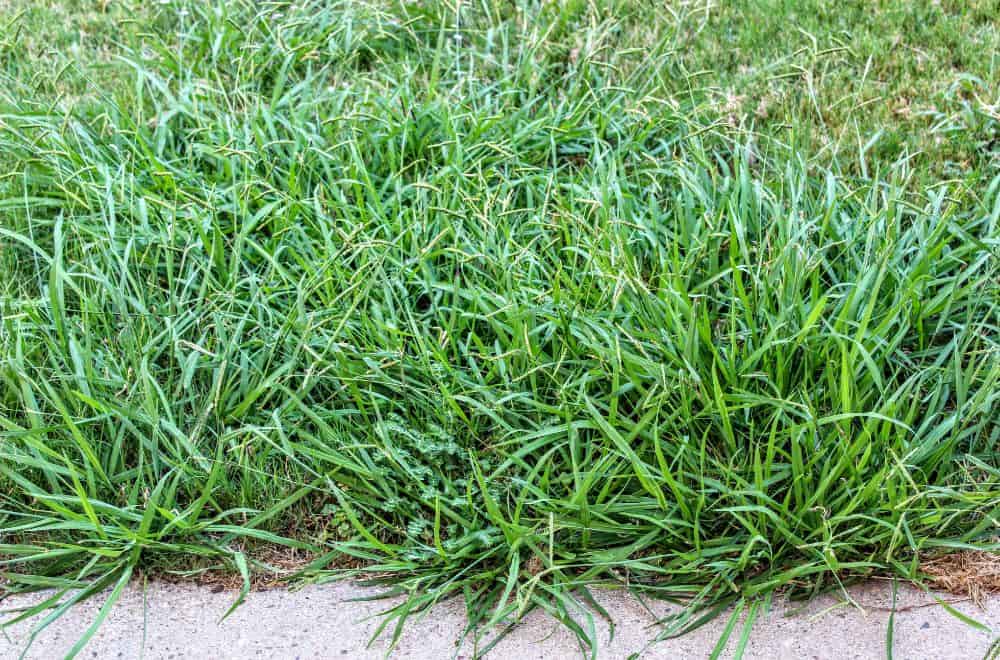
The first step to killing crabgrass is to understand this broadleaf grass variety’s growth cycle and attributes. Here are some things about crabgrass to keep in mind:
- According to the University of Massachusetts’ Center for Agriculture, Food and the Environment, a single crabgrass plant can produce up to 150,000 seeds.
- The crabgrass seeds that are yet to germinate can stay dormant in the soil for as long as 30 years. Your lawn care efforts should focus on preventing these seeds from growing.
- The weed thrives in hot and dry conditions and does particularly well in soil temperatures between 12 and 18 degrees Celsius.
- Crabgrass will still grow even when it is cut as low as ½ inches, which is too low for a healthy lawn. So, mowing your grass is not an effective way to get rid of this weed.
2. Pull out the weed by the roots
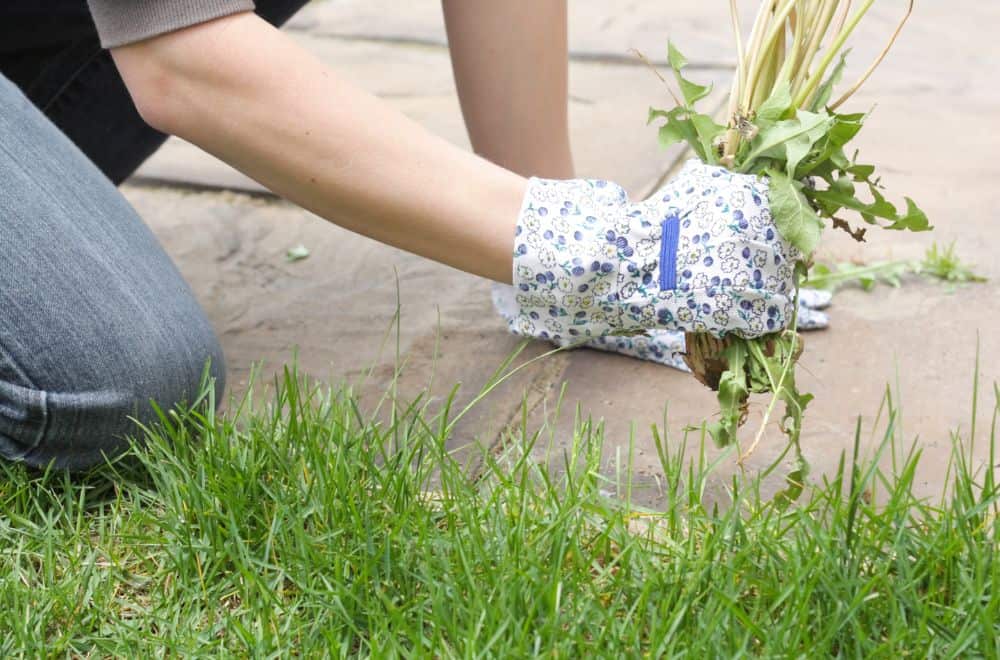
If crabgrass has already begun sprouting in your lawn, it means that there are already thousands of dormant seeds just waiting for the right conditions to germinate. By far, the most effective way to kill crabgrass is to pull up the weed by its roots. Plucking out the unsightly grass blades is only a short-term solution to a problem that can quickly get out of hand.
If you do not have one yet, buy a weeding tool made explicitly for uprooting weeds like crabgrass. This tool features a claw that you can push into the ground and lift out the entire plant.
If you are only dealing with a handful of crabgrass, manually pulling the weeds might work. But, if there are quite many weeds in your lawn, you will need a less tiring method to remove them. A suitable herbicide might do the trick.
3. Use crabgrass-specific herbicide
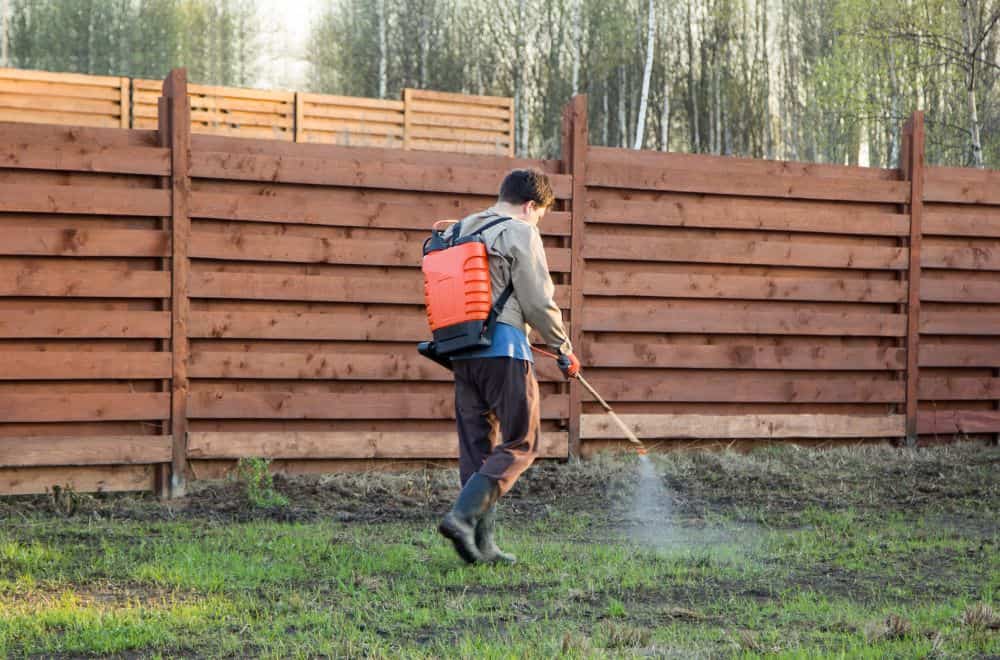
Weed herbicides are not all the same. Some can kill the weed and the adjacent lawn grass as well, so you want to be careful with your choice of weed killer. We recommend a spot treatment that is made specifically to kill crabgrass. All you have to do is spray the herbicide directly on the weeds to kill the unwanted plants without affecting the surrounding lawn.
There are two types of herbicides: Pre-emergent and post-emergent herbicides.
- Pre-emergent herbicides
Pre-emergent herbicide helps to keep dormant crabgrass seeds from germinating. It is best applied when the soil temperature is above 50 degrees Fahrenheit, ideally in the early spring. It is also a good idea to use pre-emergent on an established lawn and to reseed your lawn in fall before applying the pre-emergent come spring.
- Post-emergent herbicides
If crabgrass weeds have already infested your lawn, opt for a post-emergent herbicide. Avoid generic weed killers and instead go for one that is specifically approved for killing crabgrass and will not instead encourage weed growth or attack the surrounding grass.
When choosing a selective weed killer, we suggest that you look for one that contains any of these active ingredients: Prodaimin, Oryzalin, or Dithiopry. You should also consider your type of grass and the climate in your area when choosing the best herbicide for killing crabgrass. You can learn more about the factors to consider when selecting a chemical treatment for crabgrass.
4. Address bare spots on your lawn
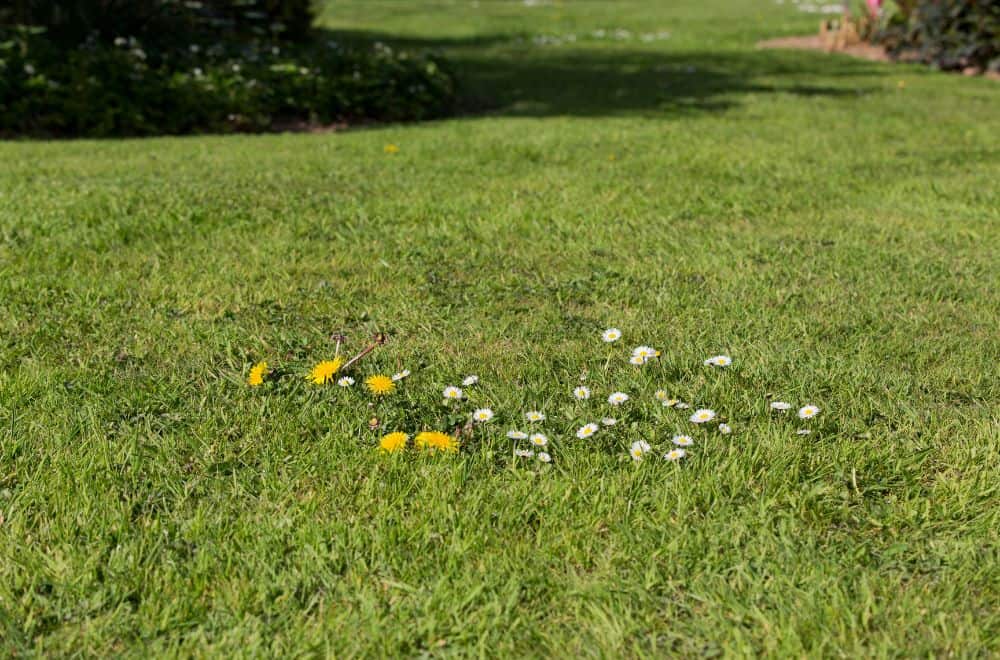
Crabgrass loves to take advantage of bare spots on your lawn. If there are any patches in your yard where grass hasn’t grown, the chances are good that weeds will grab the opportunity to establish their roots.
The solution is to feed your lawn to fill up those bare patches adequately. When your turf is thick with lush grass, there won’t be any space left for weeds to thrive. This is why we recommend applying fertilizer every 6 to 8 weeks in the growing period between fall and spring to boost grass growth.
In addition to applying fertilizer, another way to deal with bald patches is to plant seeds in those spots. This will edge out and discourage the growth of any dormant weed seeds. After seeding, you should water your lawn regularly for the seeds to germinate into a lush lawn.
5. Practice deep watering to crowd out weeds
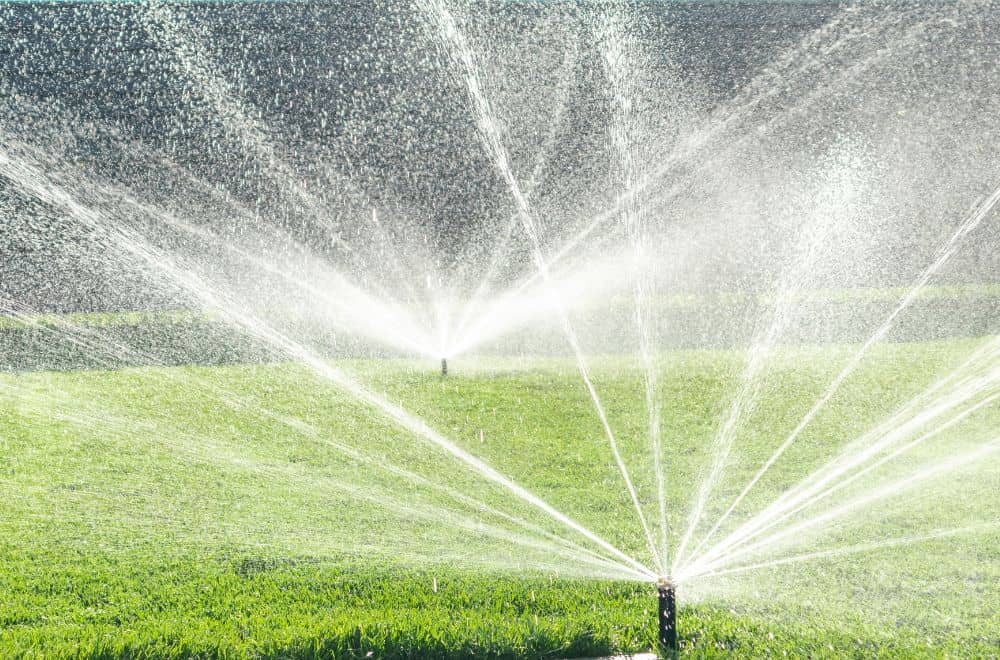
Your watering routine has a significant effect on the health of your lawn. You could use the best seed variety and apply high-quality fertilizer, but without proper watering, your lawn will have a weed problem and other issues such as bare spots, stunted growth, and drying.
Your lawn needs 1 to 1 ½ inch of water a week to stay lovely and lush. You can achieve this target by deeply watering three times a week instead of watering daily. Many new lawn owners make the mistake of doing a quick watering session every day, but this isn’t advisable.
Daily shallow watering will weaken the grassroots and cause your lawn to dry out fast. This, in turn, leaves bare spots for weeds such as crabgrass to thrive. Deep watering ensures that the grassroots receive 6 to 8 inches of water, which encourages deeper roots and a thicker, more vibrant lawn that is less prone to drying out.
We found a helpful video packed with great tips on how best to water your lawn. Watering might seem like a simple enough routine, but if crabgrass grows in your property, you are probably not watering correctly.
6. Mow at the proper height
A lot of thought should go into how you mow your lawn. Depending on your grass type, improper mowing can create the right conditions for crabgrass to grow. Weeds, like other plants, need water, air, and light to germinate.
Mowing your grass slightly taller will create a shade over the ground, blocking out light and preventing the crabgrass seeds from germinating. This method can also work even if you already have crabgrass weeds growing on the lawn. The tall grass blocks sunlight from reaching the existing weeds, causing them to wither or stop growing altogether.
7. Apply Vinegar
An effective all-natural way to get rid of crabgrass is to desiccate the plant using household vinegar, which usually contains 5% acetic acid. Acetic acid injures and destroys the plant’s cell membrane, causing the plant to die a quick death.
In their study, researchers at Oklahoma State University found that the application of vinegar containing 5 percent acetic acid resulted in 100% weed control of broadleaf weeds such as crabgrass.
To kill crabgrass using vinegar, pour half a cup in a spray bottle and apply it directly to the plant. Vinegar is a non-selective herbicide, and it will easily damage the surrounding lawn grass. Be careful only to direct the vinegar to the crabgrass.
8. Sprinkle some salt
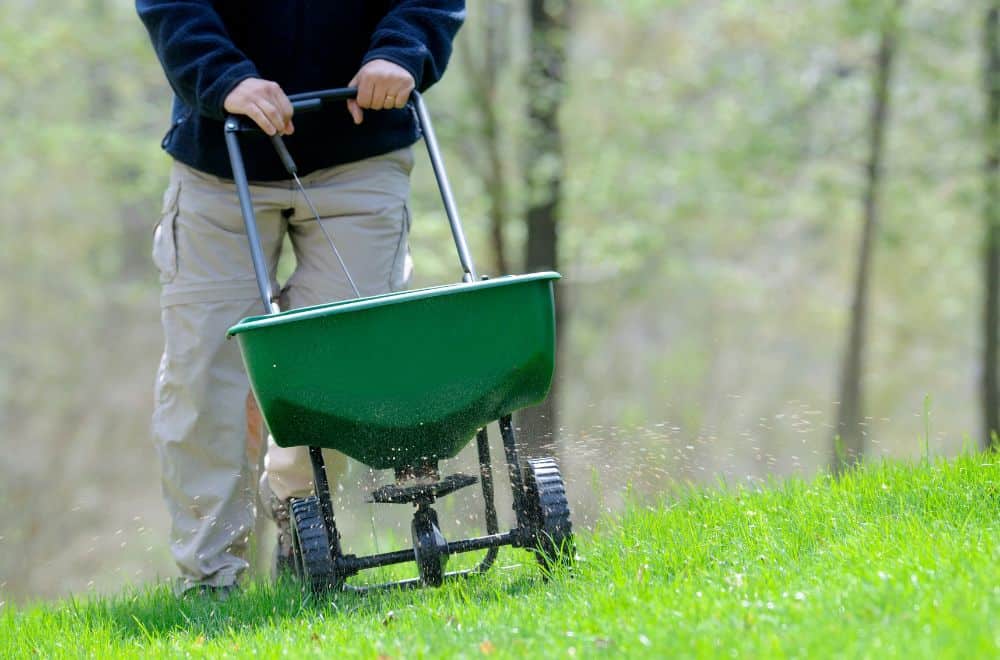
Another natural herbicide for crabgrass is salt. A salt solution will disrupt the growth cycle of weeds and keep the unwanted plants from growing any further in as short as a week.
Keep in mind that salt may affect the quality of soil, making it difficult for other plants to grow where the salt solution has been applied. This method of eliminating weeds works best with few clumps of the unwanted plant; otherwise, you would have to use a large amount of salt to kill off weeds that have taken over a large area.
Making a salt-based herbicide is easy. Just mix one part water with two parts salt in a spray bottle, shake well, and spray directly to the weed. The target plant should wither in about 7 to 10 days.
As much as salt is an effective weed killer, it might not work so well in eliminating crabgrass growing on your lawn. You might get better results if you use the saline solution on broadleaf weeds along with tree lawns, around flower beds, or on crack lines on the sidewalk or driveway. These weeds tend to have shallow roots, which a salt solution can quickly destroy.
Summary
Crabgrass is an unsightly weed that will quickly take over your lawn and flower beds if you do not act fast to eradicate it. Once you know how the weed works and understand its growth cycle, you can devise a plan to kill crabgrass for good.
Remember to undertake good lawn care practices for early detection of potential problems such as bare patches so you can guard against weeds long before they infest your turf. We hope these tips will help you manage and control crabgrass for a lush, vibrant, and beautiful lawn.
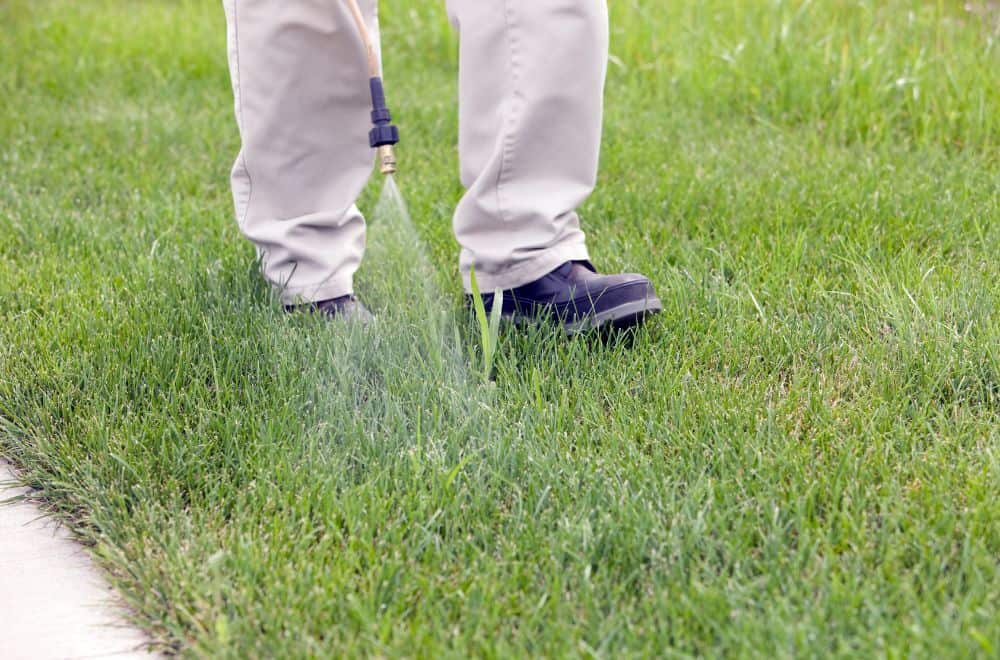
Leave a comment